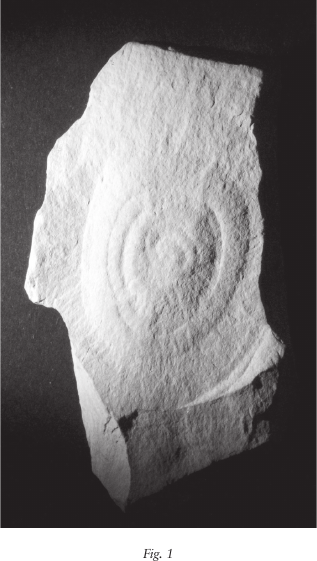“Mehr Licht!” Anschauung and Its Fading Role in Morphology
Herbsttagung «Evolving Morphology»
Elemente der Naturwissenschaft
108,
2018,
S.
22-37 |
DOI:
10.18756/edn.108.22
Article | Sprache: English | €6.00
Artikelreferenz exportieren
- Klartext
- BibTeX
- RIS Format
- Downloadkosten : € 6.00
Zusammenfassung:
Anschauung spielt eine Schlüsselrolle, wenn es um die Beobachtung und ein Verständnis der Morphologie geht. Dennoch wird sie in der modernen Biologie als altmodische und subjektive Praxis angesehen. Darunter leidet vor allem die Taxonomie, die in einer zunehmend nicht vergleichenden und von Technologien geprägten Biologie irrelevant wird. Sind wir - ohne es zu merken - dabei, die menschliche Beobachtungstätigkeit und uns selbst aus dem Studium der Morphologie zu entfernen? Indem wir uns auf Goethes Wissenschaftsansatz besinnen, erobern wir die wesentlichen Grundlagen zurück, die die vergleichende Biologie und unsere Verbindung zur Morphologie unterstützen.
